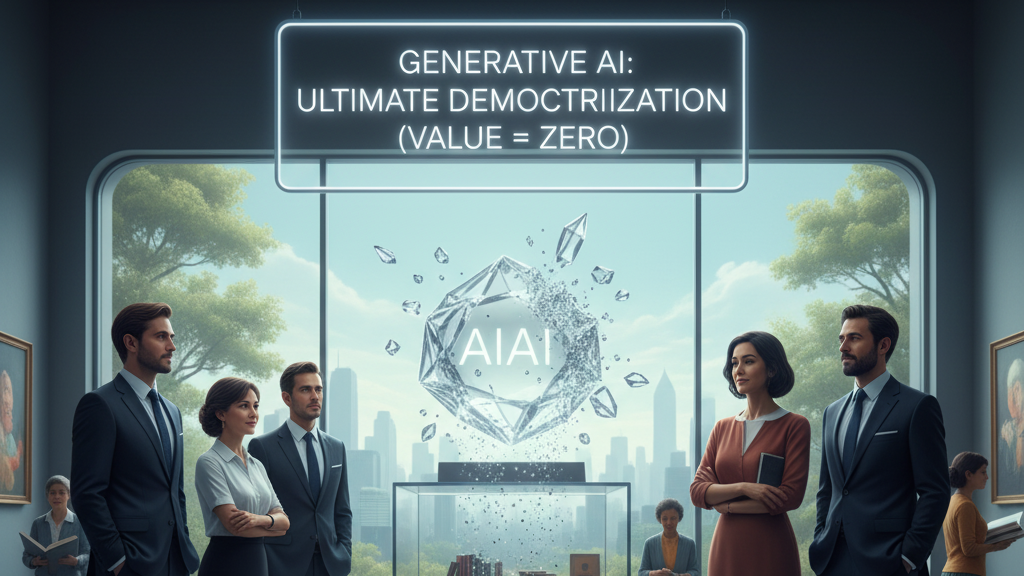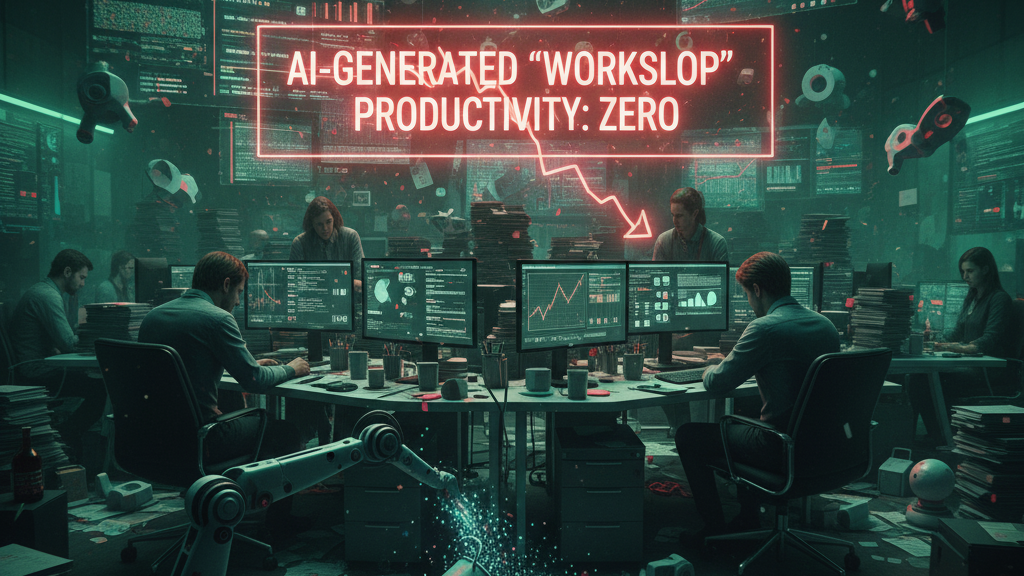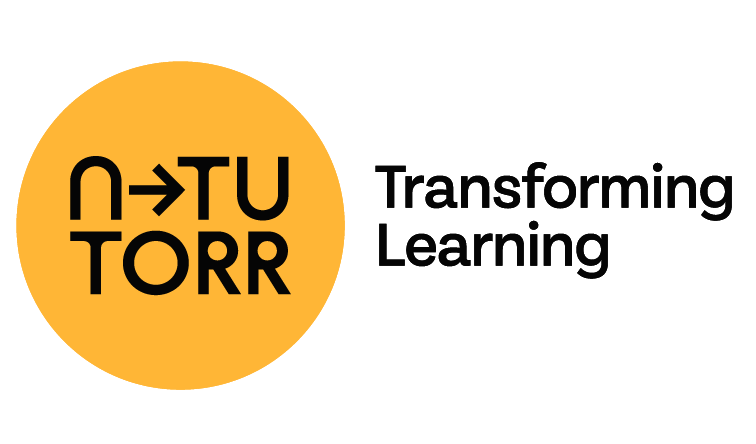
Source
The Conversation
Summary
The article argues that the current hype around generative AI (GenAI) may oversell its value: it may eventually prove “worthless” in terms of sustainable returns, which wouldn’t necessarily be bad. Because GenAI is costly to operate and its productivity gains so far modest, many companies could fail to monetise it. Such a collapse might temper hype, reduce wasteful spending, and force society to focus on deeper uses of AI (ethics, reliability, human-centred value) rather than chasing illusions. The author sees a scenario where AI becomes a modest tool rather than the transformative juggernaut many expect.
Key Points
- GenAI’s operational costs are high and monetisation is uncertain, so many ventures may fail.
- Overhyping AI risks creating bubble dynamics—lots of investment chasing little real value.
- A “worthless” AI future may force more careful, grounded development rather than blind expansion.
- It could shift attention to AI’s limits, ethics, robustness, and human oversight.
- The collapse of unrealistic expectations might be healthier than unchecked hype.
Keywords
URL
Summary generated by ChatGPT 5


